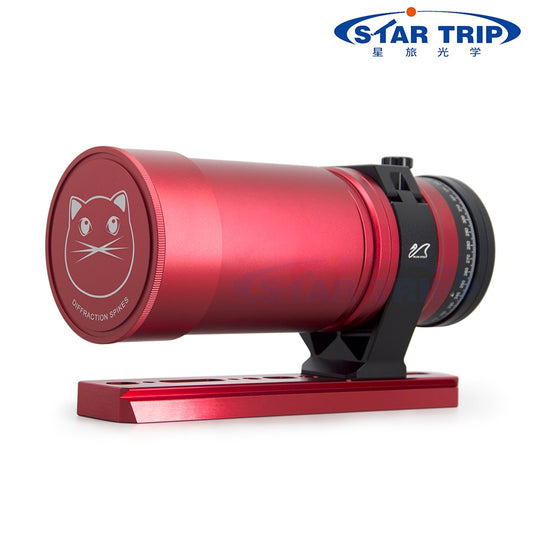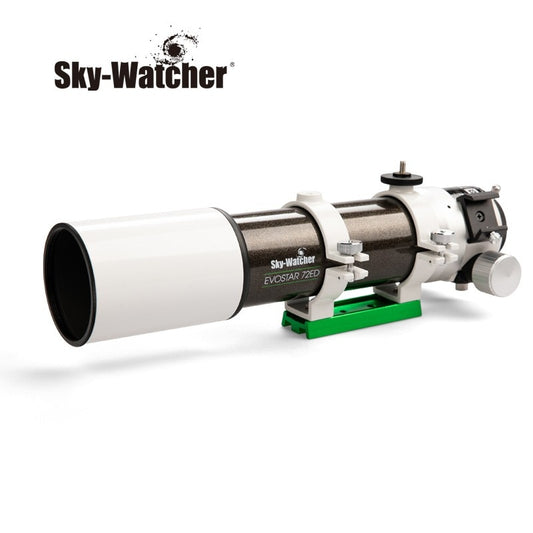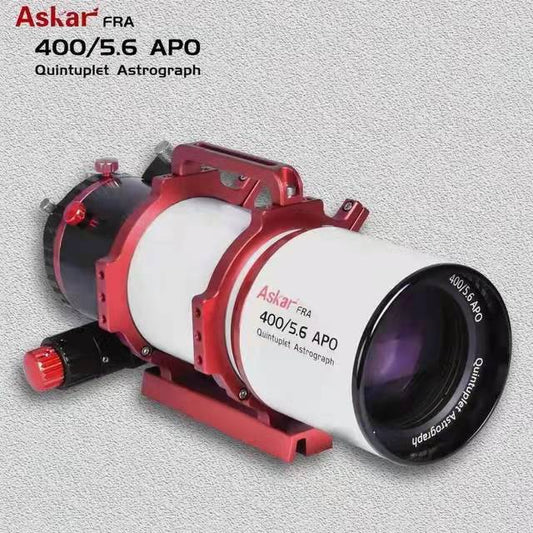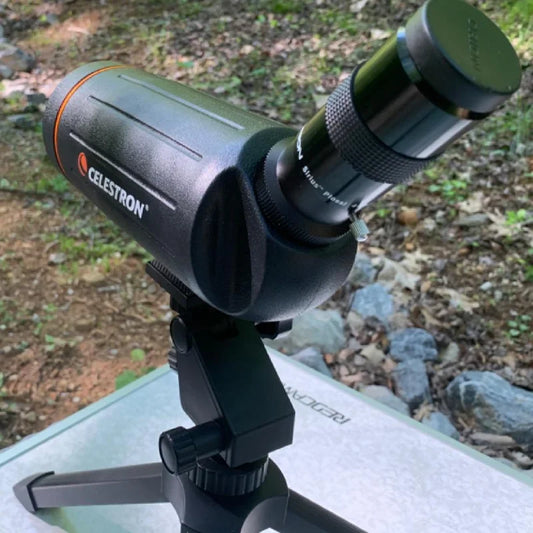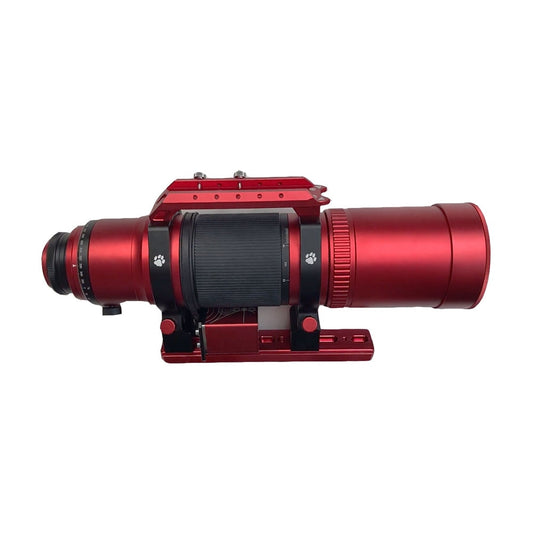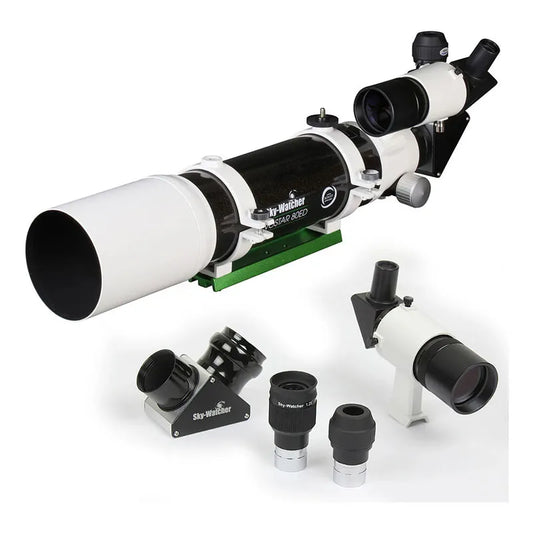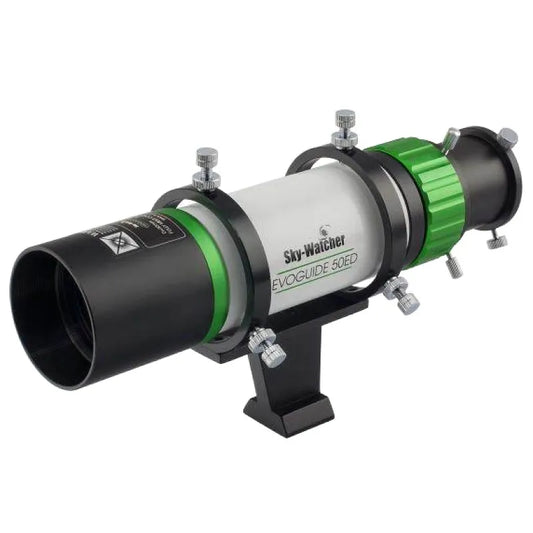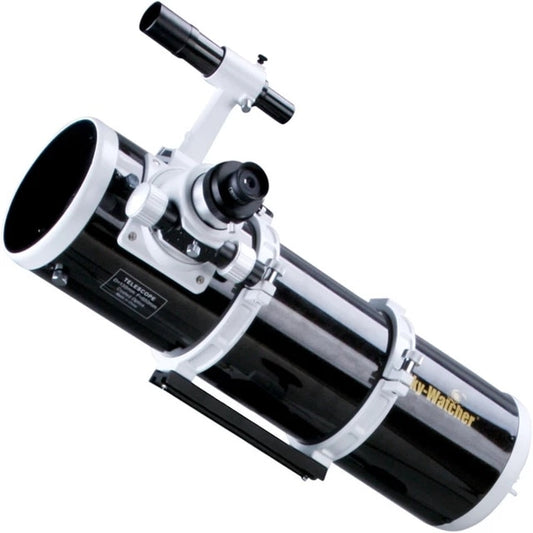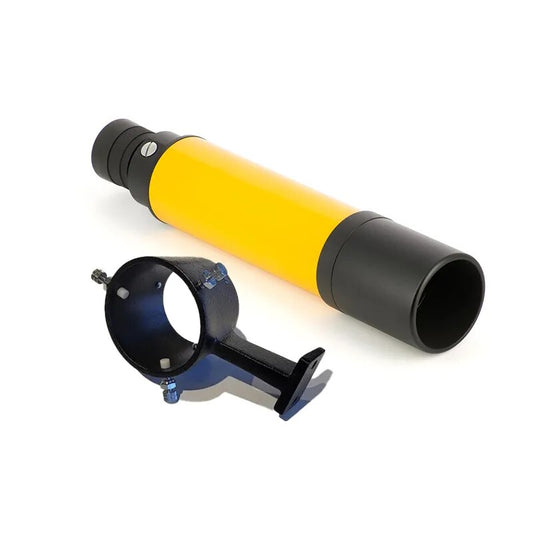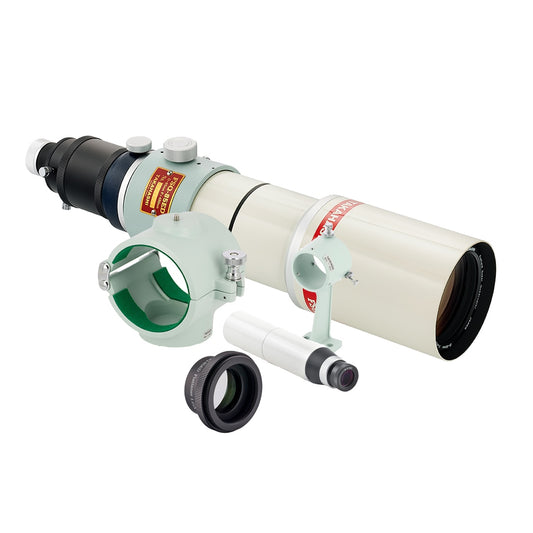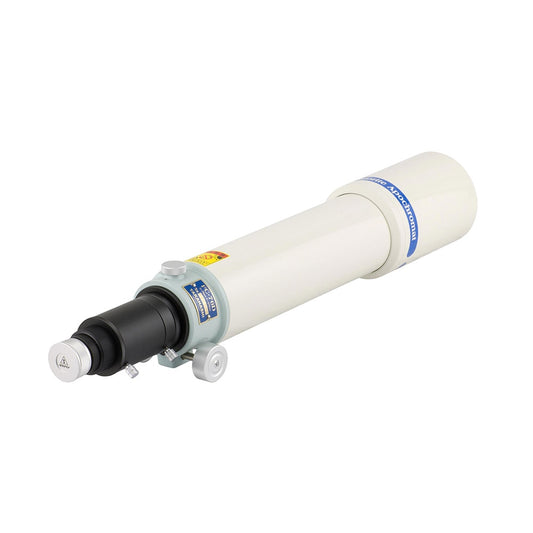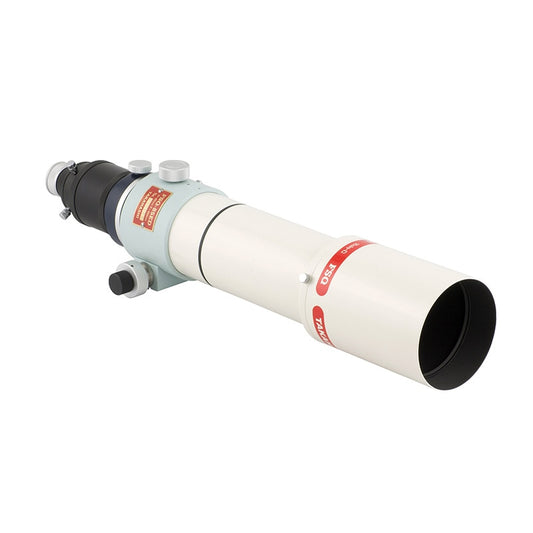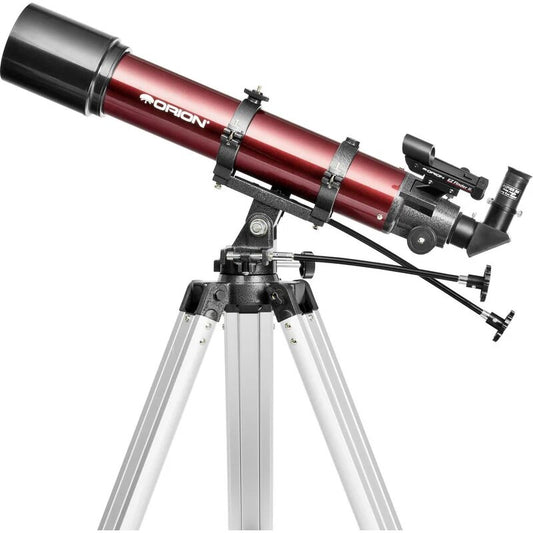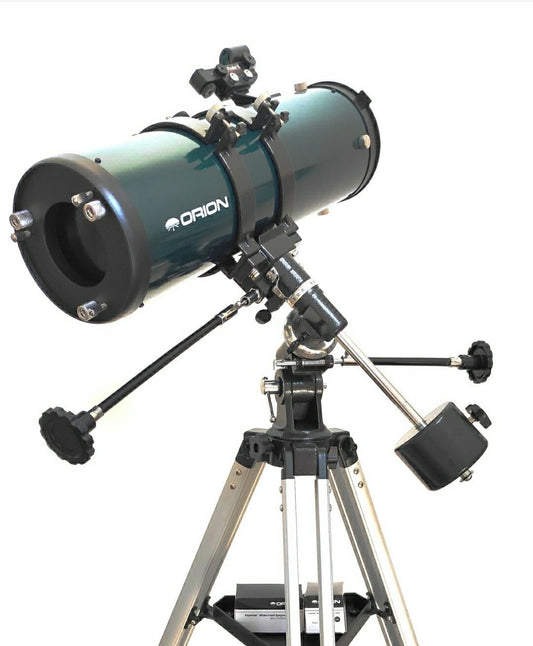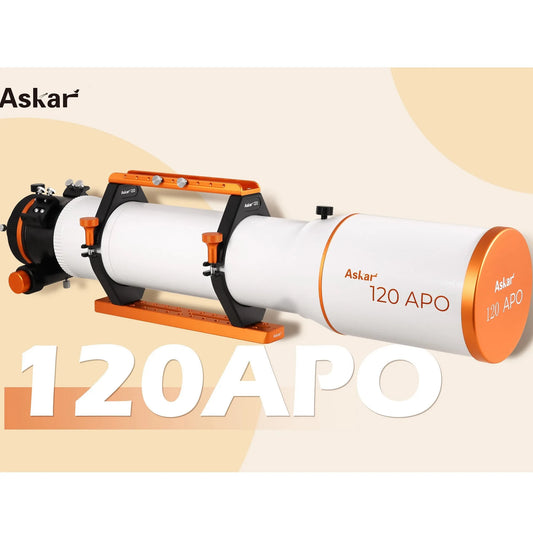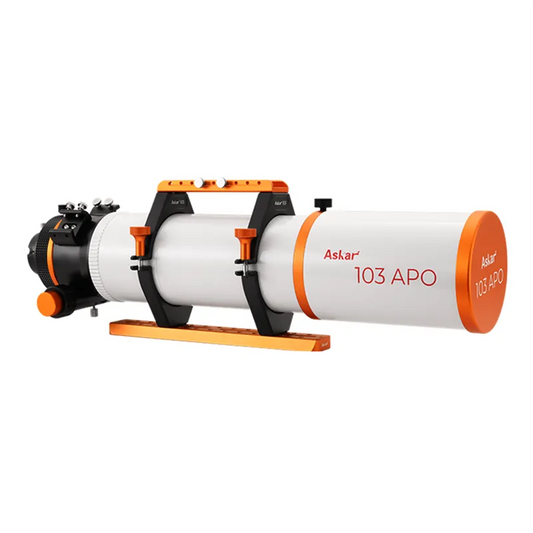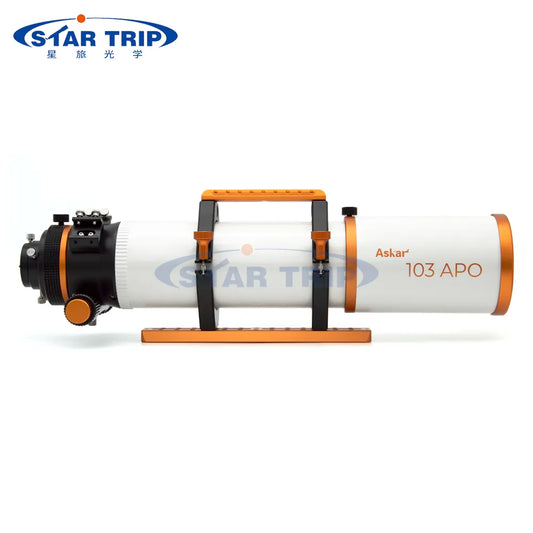A Beginner's Guide to Telescope Mounts Explained for Astronomy
Telescope mounts are an essential part of any astronomy setup, as they hold the telescope steady and allow for precise tracking of celestial objects. However, with so many different types of telescope mounts available, it can be difficult to know which one is right for you. In this blog post, we'll explore the different types of telescope mounts available for astronomy and provide tips on how to choose the right one for your needs.
Alt-Azimuth Mounts
Alt-azimuth mounts, also known as "alt-az" mounts, are the simplest type of mount and are ideal for beginners. They have two axes of motion: altitude (up and down) and azimuth (left and right). Alt-az mounts are easy to use and maintain and offer a wide range of movement.
However, alt-az mounts suffer from field rotation, which causes objects to rotate in the field of view as the mount tracks them across the sky. Alt-az mounts are best for visual observation and are not ideal for astrophotography.
Equatorial Mounts
Equatorial mounts are more complex than alt-az mounts but offer greater precision and tracking ability. They have two axes of motion: right ascension (east to west) and declination (north to south). Equatorial mounts are ideal for astrophotography and offer smooth and precise tracking of celestial objects.
Equatorial mounts require polar alignment, which can be a complex process for beginners. They also require frequent adjustments to compensate for the rotation of the Earth. Equatorial mounts are more expensive than alt-az mounts but offer greater versatility and precision.
Go-To Mounts
Go-to mounts are a type of equatorial mount that uses computerized tracking and pointing systems to locate and track celestial objects. Go-to mounts are ideal for astrophotography and offer precise and accurate tracking of celestial objects.
Go-to mounts require a power source and are more complex than alt-az or equatorial mounts. They can be expensive and require a learning curve to master the computerized system. However, go-to mounts offer unparalleled precision and ease of use.
Dobsonian Mounts
Dobsonian mounts are a type of alt-az mount that uses a simple and sturdy base. They are ideal for beginners and offer a large aperture for a relatively low cost. Dobsonian mounts are easy to use and maintain and offer a wide range of movement.
Dobsonian mounts suffer from field rotation, which can limit their use for astrophotography. They are also bulky and require a large space for storage and use. However, Dobsonian mounts offer a great value for the price and are ideal for visual observation.
How to Choose the Right Telescope Mount
Choosing the right telescope mount for your needs can be a daunting task. Here are some tips to help you make an informed decision:
- Consider your observing needs: Determine what you want to observe and choose a mount with an appropriate range of motion and tracking ability. Alt-az mounts are ideal for visual observation, while equatorial and go-to mounts are better for astrophotography.
- Consider your experience level: Choose a mount that matches your experience level. Alt-az and Dobsonian mounts are ideal for beginners, while equatorial and go-to mounts are better for experienced users.
- Consider your budget: Telescope mounts can range in price from a few hundred dollars to several thousand dollars. Determine your budget and choose a mount that fits within your price range.
- Consider portability: Determine if you need a portable mount or if a larger, more permanent mount is appropriate. Alt-az and Dobsonian mounts are more portable, while equatorial and go-to mounts require a more permanent setup.
Conclusion
Choosing the right telescope mount for your astronomy setup is crucial for achieving the best possible viewing and imaging experience. Alt-azimuth mounts, equatorial mounts, go-to mounts, and Dobsonian mounts are the four main types of mounts available for telescopes, each with its own advantages and disadvantages.
Alt-azimuth mounts are simple and easy to use, while equatorial mounts offer greater precision and tracking ability. Go-to mounts take precision to a new level, but require more complexity and a learning curve. Dobsonian mounts offer a great value for the price and are ideal for visual observation.
When choosing a telescope mount, consider your observing needs, experience level, budget, and portability requirements. By taking the time to choose the right telescope mount for your needs, you can enjoy the wonders of the night sky and capture stunning images of celestial objects.
Remember to do your research, read reviews, and consult with experts before making a decision. With the right telescope mount and a little bit of practice, you can unlock the mysteries of the universe and explore the wonders of the cosmos.
More Telescope Topics:
- Who Invented The Telescope?
- Why are Telescopes Important?
- When was The Telescope Invented?
- Why are Refractor Telescopes Popular?
- Best Deep Sky Objects by Month
- Best Telescope for Viewing Planets and Galaxies
- Best Telescope to See Planets and Galaxies
- Best Telescope Eyepiece for Viewing Planets
- Reflector Vs Refractor Telescope
- William Optics Redcat 51
- Takahashi Telescopes
- Brightest Objects in the Night Sky
- What Does a Focal Reducer Do on a Telescope
- Ax Telescope Mount
- Types of Telescopes
- What is a Catadioptric Telescope
- Telescope Aperture
- How Does a Telescope Work
- Are There Telescopes for Smartphone Camera
- How Much Does a Telescope Cost
- Best Telescopes Under $1000
- What Makes a Good Telescope
- What Does a Focal Reducer Do
- Stellarium
- Bahtinov Mask
- Qhyccd Polemaster Review
More Space Telescopes:
- Hubble Telescope
- Edwin Hubble
- Hubble Deep Field
- James Webb Telescope - The Future of Space Exploration
- James Webb Telescope vs Hubble
- Hubble Palette


